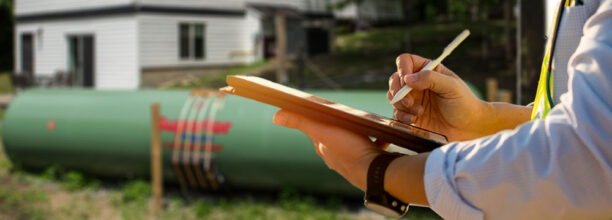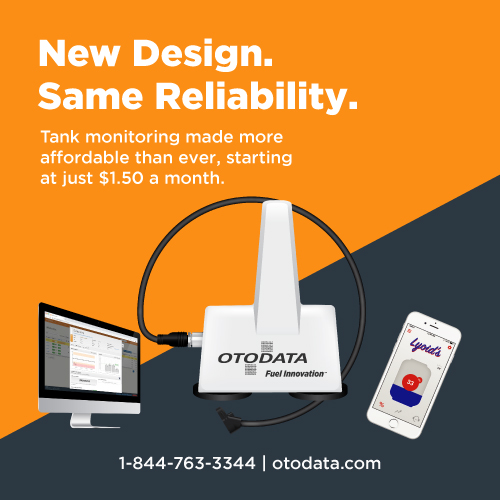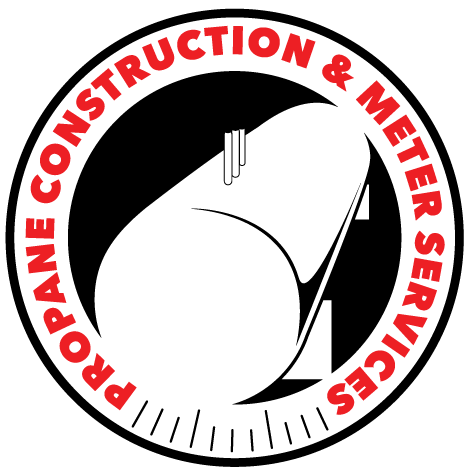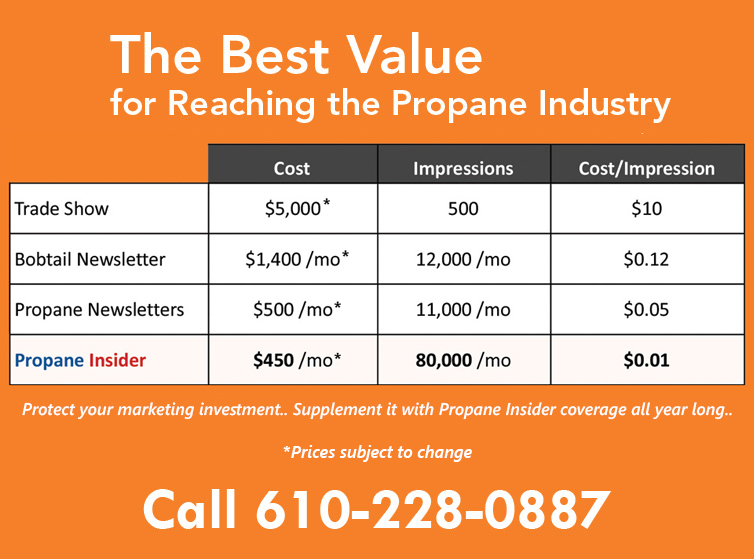A Guide to Conducting Propane Equipment Audits

Conducting effective audits of propane equipment is essential for ensuring safety, efficiency, and regulatory compliance. An equipment audit involves a thorough inspection and review of all propane-related apparatus and systems. This guide outlines how to perform these audits effectively, providing a structured approach to maintaining your propane operations.
Preparation Phase
Understand the Regulations
Begin by familiarizing yourself with the local, state, and federal regulations that apply to propane equipment. Compliance with these rules is crucial for legal operations.
Gather Documentation
Collect all relevant documents, including previous audit reports, maintenance records, and manufacturer guidelines. This documentation will provide a baseline for current equipment conditions and regulatory compliance.
Plan Your Audit
Schedule the audit during a time that minimizes disruption to regular operations. Ensure that all necessary tools and safety equipment are available and that personnel are prepared for the audit.
Inspection Phase
Physical Inspection
Check all equipment for physical signs of wear and tear. Look for leaks, rust, corrosion, or other damage. Ensure that all connections are secure and that there are no blockages in the lines.
Functional Testing
Operate the equipment to verify that it functions as intended. Pay close attention to the efficiency of burners, the accuracy of gauges, and the responsiveness of controls.
Safety Systems Check
Test all safety valves, emergency shut-offs, and alarms to ensure that they are operational. Verify that fire extinguishers and other components of safety equipment are accessible and in good condition.
Compliance Review
Cross-reference your findings with the regulatory requirements gathered in the preparation phase. Note any discrepancies or areas of non-compliance.
Reporting Phase
Compile Findings
Organize the data collected during the inspection into a clear, concise report. Highlight any issues that require immediate attention and recommend corrective actions.
Discuss With Team
Present the findings to your team, especially those involved in the operation and maintenance of the propane equipment. Discuss potential improvements and the timeline for implementing corrective actions.
Implement Changes
Prioritize the corrective actions based on safety importance and regulatory requirements. Schedule repairs, replacements, and follow-up audits as needed.
Maintenance and Follow-Up
Regular Checks
Establish a routine schedule for informal inspections and maintenance to keep equipment in optimal condition between formal audits.
Training and Awareness
Provide regular training for staff on the proper operation and maintenance of propane equipment. Ensure new employees receive comprehensive training on safety practices.
Update Procedures
As regulations and technology evolve, update your audit procedures to include new requirements and best practices. This ensures ongoing compliance and efficiency.
Impact on Propane Businesses
Conducting effective equipment audits is not merely a regulatory requirement – it’s a crucial component of operational safety and efficiency. Regular audits help prevent accidents and malfunctions, thereby reducing downtime and repair costs. Moreover, by ensuring compliance with safety standards, businesses can enhance their reputation and reliability in the market, fostering trust with customers and stakeholders alike.
















